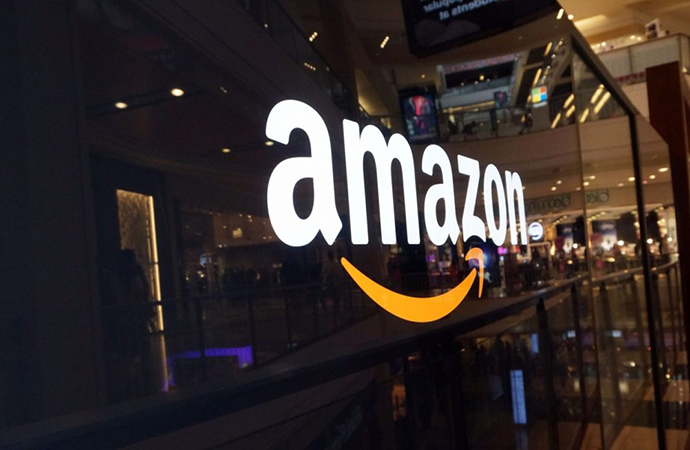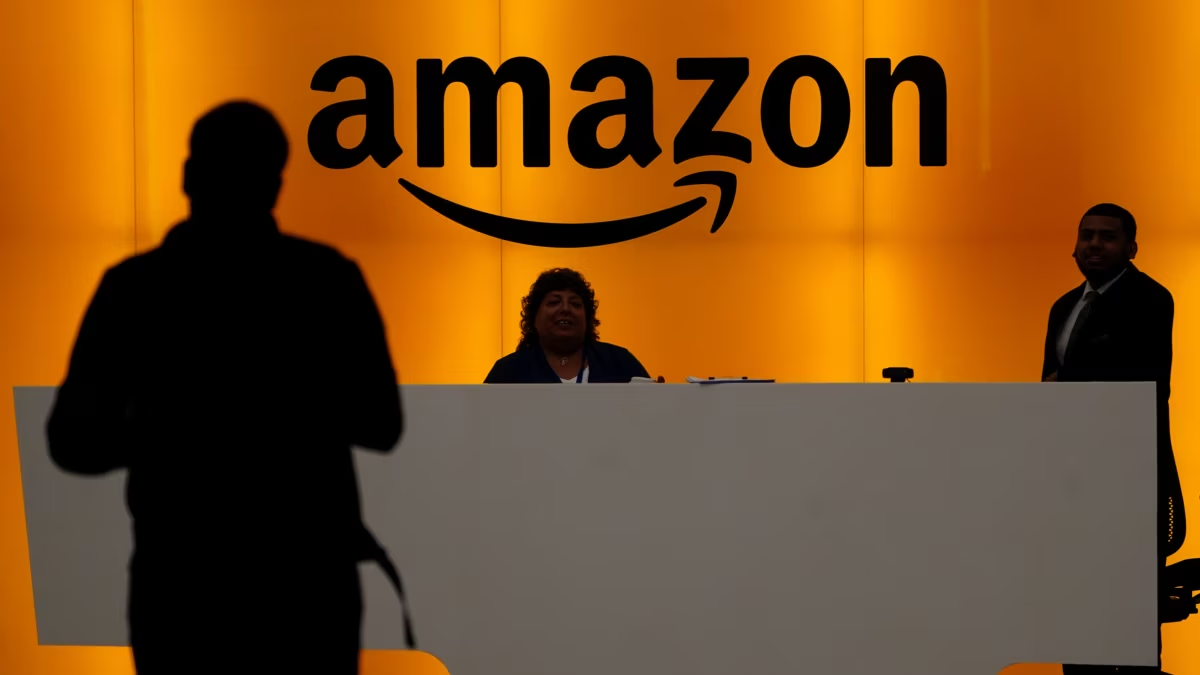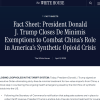Navigating the Shift from SC to VC and New Profit Models
Overview
Some VC accounts remain active, but their profits have already vanished. Meanwhile, certain sellers holding VC accounts cannot break free from the inertia of their SC product and operational models. In the process of transitioning from SC (Seller Central) to VC (Vendor Central) operations, they face profit declines, reduced traffic, operational difficulties, and even store closures.
On the other hand, some VC accounts dominate specific categories and shine as admired examples. A number of sellers who take VC very seriously have developed a systematic, end-to-end approach—running the entire VC platform process to build their business model. In some categories, these sellers have achieved top-tier status on VC with high market shares and per capita output exceeding one hundred million.
As the saying goes, “When you harness the collective intelligence, nothing is insurmountable!”

Cross border observers: VC Private Sharing Session –
[Amazon VC Profitability Model and High-Quality Development Forum]
Over 30 sellers with hundred-million-level VC accounts participated, and three seasoned VC sellers shared their insights. Former VM managers were also invited to collectively explore the breakthrough path for transitioning from SC to VC.
I. Pain Points and Breakthroughs in the SC-to-VC Transition
Sharing Speaker: An 8-year veteran of cross-border operations whose transition from SC to VC has maintained profits at a fivefold increase, achieving over US$3.5 million in monthly VC sales.
- The Underlying Logic of VC Platform Traffic
Cross border observers:
We often see some products sell very well on SC. However, when these products are cross-sold on VC, orders can drop by half or more. Is there a significant difference in traffic between VC and SC?
8-year veteran:
Sellers experiencing this issue are often trapped in a misconception—that products which sell well on SC will automatically see skyrocketing orders on VC if they simply stop using certain marketing methods. In reality, once a product link is transferred to a VC account, the link’s weight changes; ad weight must be recalculated, and traffic allocation differs. Fundamentally, both VC and SC traffic depend on click-through and conversion metrics.
Cross border observers:
Does VC offer any obvious traffic support?
8-year veteran:
VC has its own purchased traffic pool. At certain times, there is a surge that tests a product’s market acceptance. Seizing that window of opportunity and achieving high conversion can boost sales to a new level.
- How to Maintain Over 50% Profit on VC?
Cross border observers:
Many sellers complain that selling on VC yields no profit, as Amazon often forces price reductions and many end up collapsing. How can one maintain better profits?

8-year veteran:
On VC, we operate under a specific logic. For example, if we buy a product for 50 RMB, we will sell it on VC for US$50—if the profit isn’t at least triple, we won’t proceed.
Cross border observers:
What causes the lack of profit on VC?
8-year veteran:
Some sellers simply migrate their SC links to VC without controlling pricing logic or factoring in all product costs, leaving no margin for ads or promotions. If promotions are run, profits vanish; and without considering whether Amazon still offers a profit space, they end up halting orders or continually forced to lower costs.
Cross border observers:
How can one leverage the advantages of the VC platform to create additional profit?
8-year veteran:
Every agreement carries differences in delivery costs. For instance, the DF (Direct Fulfillment) agreement’s “collet” mode, where Amazon is responsible for pickup and delivery, is very friendly for bulky items. The PO mode suits small, high-volume products, while the DI mode is based on FOB procurement from the origin country—eliminating first leg sea freight, overseas warehouse transfer, and FBA delivery fees—ideal for large-scale orders. We must leverage these protocol cost advantages to outcompete our rivals.
- Boosting Order Efficiency for Bulky Items in DF Mode
Cross border observers:
For bulky products with long stocking cycles and high capital tie-up, plus a need for vast quantities to be stored in overseas warehouses, slow turnover puts sellers under great financial pressure. How can DF’s advantages be combined to improve turnover and capital efficiency?

8-year veteran:
For bulky products with high capital occupation, the DF mode must ensure quick turnover and higher order efficiency through multiple marketing methods and ads once the product link is live. After initial momentum is built, orders will continue. In addition, a multi-warehouse layout with shorter delivery times drives higher conversion.
Cross border observers:
I’ve heard that some using DF on VC can achieve up to US$800,000 in monthly sales per salesperson. How is that possible?
8-year veteran:
(Omitted – Approximately 1000 words)
- Overcoming Operational Hurdles in SC-to-VC Transition
Cross border observers:
SC sellers transitioning to VC often face issues like shopping cart toggling, leading to reduced link weight, lower sales, and diminished ad strength—ultimately causing VC operations to be abandoned. How can companies plan to ensure a smoother SC-to-VC transition?
8-year veteran:
Sellers need to match product pricing, platform costs, performance metrics, financial accounting, and supply chain support to the VC platform—rather than simply transferring personnel or product links. Otherwise, one may end up with excessive inventory but no orders, or frequent stockouts… (Omitted – Approximately 1000 words)
Cross border observers:
We often see situations where promotional activities cannot be reported and ads are suppressed—how can these issues be resolved?
8-year veteran:
(Omitted – Approximately 1000 words)
- Optimal NET PPM and VC Pricing Tactics
Cross border observers:
Many SC-to-VC sellers struggle with pricing—if costs are set too high, orders won’t come, or the system suppresses the listing; if set too low, there’s no profit. How can Amazon’s and the seller’s profits both be secured? Where lies the sweet spot?
8-year veteran:
(Omitted – Approximately 1000 words)
II. VC Performance and Profit Enhancement
Sharing Speaker: A senior executive from a top VC operation
- Building an Efficient VC Team to Maximize Productivity
Cross border observers:
On SC, a per-person output of US$100,000 is decent, but some VC sellers achieve as high as US$800,000–US$1,000,000 per month. What recommendations do you have for building a VC team with such high productivity?
Executive:
The first step is to segment job responsibilities. For example, assign specific personnel to handle PO orders and invoicing; others to coordinate supply chain shipments and overseas inventory. Meanwhile, the product and supply chain teams should focus exclusively on product selection and quality control for VC. The operations team then monitors platform trends and ad placements to adjust strategies in real time. This division of labor frees up time to focus on market trends rather than day‑to‑day administrative tasks.
- Coordinating SC and VC to Rapidly Boost PO Orders
Cross border observers:
Many VC sellers also perform well on SC. How can SC and VC operations work together to quickly ramp up PO orders?
Executive:
One approach is to list products on SC first to accumulate reviews and early sales, then have the VC team re-sell those links and apply for BTR. Once a small PO is received, quickly sell out the initial batch, stimulate additional orders, and subsequently let the SC channel gradually withdraw. Alternatively, list directly on VC, using massive DF orders to stimulate PO supply. New products can combine small test orders with ad promotions and discount coupons to rapidly boost ranking.
- VC Ordering Logic and Stocking Rhythm
Cross border observers:
SC sellers new to VC often struggle to time their stocking. If they stock too much for overseas warehouses, the system won’t generate orders; too little, and they face stockouts—thus killing the product link. How can the stocking rhythm be properly managed?
Executive:
Initially, Amazon will generate a test order based on SC link sales—perhaps reflecting 21 days’ worth of sales. Once VC sales data stabilizes, orders become continuous on a weekly basis. Amazon then ensures sufficient inventory. For managing inventory risk on VC, we allow new products to request test orders via BTR. Once successful, use air freight to send products for rapid testing, and concurrently ship a month’s inventory to overseas warehouses as a buffer. Inventory is maintained on a rolling basis according to lead times: roughly 30 days for FBA, 45 days for overseas warehouses, and 30 days in transit.
- Avoiding Account Suspension on VC
Cross border observers:
Recently, there have been many store closures on VC. What factors lead to account suspension, and how can sellers mitigate the risk?
Executive:
I’ve summarized several factors leading to suspension (but not limited to): prolonged account inactivity leading to loss of PO or DF rights; poor performance (e.g., US sales below US$500,000 per month); financial indicators such as low NET PPM causing Amazon losses; violations like order brushing, fraud, or infringement; duplicate listings with inconsistent pricing, which are flagged as fraud; and purchased accounts lacking proper documentation leading to secondary review suspensions.
- How Does Amazon Evaluate VC Performance and Set Objectives?
Sharing Speaker: A former Amazon Vendor Manager from Carbon 6
- “Amazon’s meetings always feature an empty chair—symbolizing the customer who sits among us—so Amazon is always customer-centric.”
- What Does Amazon Truly Value in VC?
- Excellent customer experience that drives repeat business and expands the customer base.
- Continuously growing and expanding product selection to meet varied consumer needs.
- Competitive pricing so that customers don’t feel the need to “shop around.”
- Strong listing conversion, ratings, reviews, and search term dominance.
- Year-over-year growth in ASIN count, inventory value, and shelf presence.
- Stable market pricing with SC supplementing VC when necessary.
- What Performance Growth Metrics Does the VM Emphasize for VC?
- Year-over-year increases that beat contractual changes.
- Average category performance—including sales growth, profit margins, and market penetration.
- Innovation in categories that drive new net revenue sources.
III. Final Thoughts on the SC-to-VC Transformation
Cross border observers:
The above discussion underscores the multifaceted challenges and opportunities as sellers transition from SC to VC. From rethinking pricing strategies to restructuring teams and managing inventory risks, the landscape demands a complete reimagining of operations. As one speaker put it, “Harnessing the collective intelligence makes us invincible.”
Meanwhile, robust VC performance and profit growth come not by accident but through deliberate orchestration—breaking down roles, optimizing protocols (DF, PO, DI), and ensuring tight coordination between SC and VC channels. With the evolving metrics and intense competition, only those who adapt quickly will capture the market’s top positions.







The battle between SC and VC is real—profit margins can vanish if you don’t adjust your game plan.
After reading all this, I’m convinced that mastering VC is the ultimate challenge in cross-border e-commerce.
When a seller’s VC account can pull in 800K a month, you know there’s some serious optimization at work.
It’s crazy how some sellers can maintain 50%+ profit on VC by managing every cost detail meticulously.
Anthony Hernandez,anthony.hernandez@example.com
Hearing about suspension risks and how to dodge them is like an insider tip to surviving Amazon’s strict rules.
When test orders and rapid inventory turnover become the new norm, that’s next-level VC strategy!
The whole SC-to-VC narrative makes you realize that it’s a high-stakes game of logistics, pricing, and strategy.
These insights into protocol differences (DF, PO, DI) reveal how granular and complex VC can be.
The idea of leveraging a special DF mode for bulky items to boost turnover is both genius and risky.
Seeing sellers struggle with link weight and traffic drops on VC makes you wonder if the transition is even worth it.
Splitting up job roles in VC teams to hit 100K+ per person shows that discipline beats chaos every time.